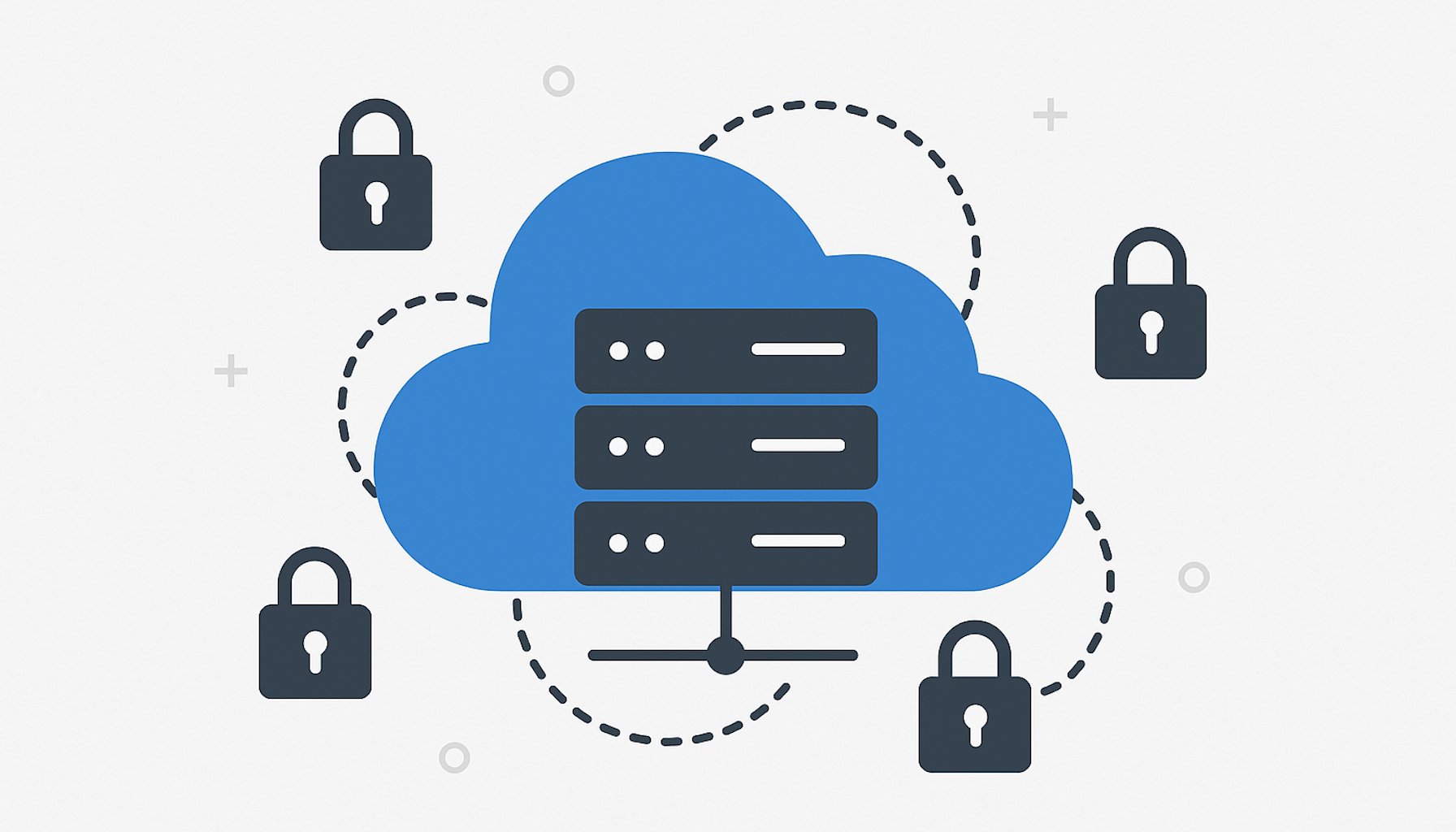
Trusted Server is an open-source server-side solution developed by IAB Tech Lab. Its goal is to give publishers greater control over programmatic advertising.
The concept stems from the growing fragility of browser-based advertising. Cookie restrictions, privacy regulations, and the rise of ad blocking have increased the need for new solutions. Trusted Server addresses these challenges by moving ad-related operations to the server side. This can reduce reliance on third parties, improve data control, and enhance site performance—especially regarding page load speed and user experience. Although Trusted Server is still under development, its architecture and open approach are attracting interest, particularly from publishers seeking alternatives to traditional browser-based technologies.
How Can Publishers Benefit from Trusted Server?
At its core, Trusted Server promises to give publishers more influence over how programmatic advertising is implemented. By shifting processes from the browser to the server, dependency on third-party tools is reduced, and browser limitations become less of a hindrance.
One of the main benefits is improved data control. User data handling and privacy are easier to manage when auctions, measurements, and ad delivery happen within the publisher’s environment. This supports first-party data strategies and helps address increasing privacy requirements. Another significant advantage is performance. Trusted Server can ease the load on the browser and speed up site performance since JavaScript no longer needs to run as extensively on the user’s device. This leads to a better user experience, especially on mobile. At the same time, privacy is strengthened by keeping data under the publisher’s control.
As the use of third-party cookies declines, there's less technical and business incentive to run ads in the browser. Server-side solutions also make ad blocking more difficult since client-side blockers can’t access ad logic similarly. Trusted Server also allows for a more unified infrastructure—bringing together Prebid auctions, measurement, brand safety, and fraud prevention into one managed environment. The benefits vary depending on a publisher’s size, resources, and technical readiness. On the other hand, it's important to remember that Trusted Server is not a finished product but a framework in development – and its suitability ultimately depends on the use case.
Why Is Trusted Server Sparking Discussion?
While Trusted Server is a promising development, the reception has not been unanimous. There’s active debate about its potential, technical implementation, and the actual value it brings to publishers. A key concern is the complexity of adoption. Using Trusted Server requires technical expertise, development resources, and infrastructure. This could be a barrier for smaller publishers unless the solution is offered as a service or through a trusted partner.
Another question is how broadly Trusted Server can solve current challenges. Measurement, brand safety, and many other components still depend on third-party technologies. While these can be integrated server-side, how much control and transparency the publisher gains matters. Suitability for different environments also raises questions. For example, Trusted Server does not currently offer a direct solution for in-app advertising, and client-side rendered websites may require additional implementation layers, such as for syncing ad slots.
At the heart of the discussion is the issue of control: Who holds the power in programmatic advertising—and who should? Trusted Server gives publishers tools to play a more significant role in their technical stack, raising hope and uncertainty.
Trusted Server and the Road Ahead
Trusted Server is not a ready-made product. It’s an open-source project under active development, built collaboratively by industry stakeholders. A proof-of-concept is already available for testing, and the next phase is an MVP version designed for production use.
Moving advertising logic to the server side offers potential solutions to many of the industry's most pressing issues. It can improve data control, enhance performance, and increase transparency in programmatic advertising. Trusted Server represents one possible direction in the future, where browser restrictions, signal loss, and tightening privacy regulations will reshape digital advertising. Still, many open questions remain. Technical challenges, compatibility with existing systems, and scalability across different types of publishers all require further development. It's also possible that Trusted Server will become part of a broader shift toward a decentralised and server-driven advertising infrastructure.
What’s certain is that the conversation around control, data ownership, and transparency is far from over. Trusted Server may well catalyse this evolution. For publishers, the key question is: Do you want to help shape the future infrastructure, or do you want to adapt to what others decide?
